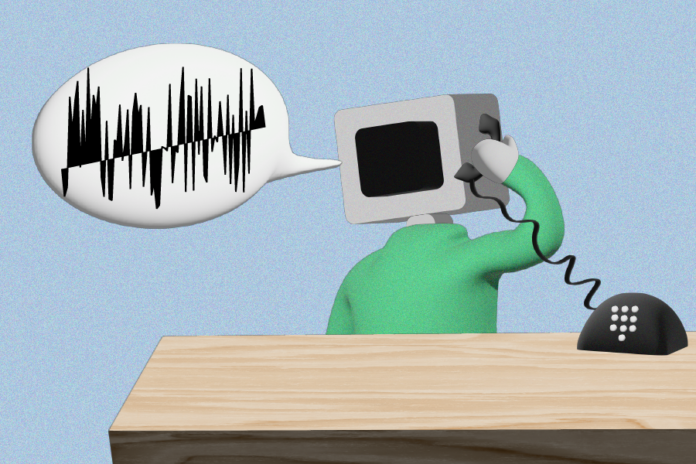Introduction to Audio Deepfakes
Audio deepfakes have been making headlines recently, and not always for the right reasons. From AI-generated robocalls pretending to be high-profile figures to spear-phishing attacks targeting specific individuals, the misuse of this technology is a growing concern. However, there’s more to audio deepfakes than just their potential for harm. In this article, we’ll delve into the world of audio deepfakes, exploring both the challenges they pose and the benefits they could bring.
The Dark Side of Audio Deepfakes
One of the most significant risks associated with audio deepfakes is their potential for use in spear-phishing attacks. These attacks involve targeting a specific person or group with personalized messages, often using information known to be of interest to the target. The goal is usually to trick the victim into revealing sensitive information or transferring money. With the ability to mimic anyone’s voice, audio deepfakes make these attacks even more convincing and dangerous. Moreover, the ease and inexpensiveness of generating such deepfakes mean that anyone can become a potential victim.
The Ethical Considerations
The development and use of audio deepfakes raise several ethical questions. One key concern is the protection of the source speaker’s identity. Speech contains a wealth of personal information, including age, gender, accent, and even health cues. There’s a need for technology that can safeguard against the unintended disclosure of such private data. This is not just a technical challenge but a moral obligation to preserve individual privacy in the digital age. Researchers are working on ways to anonymize the source speaker’s identity, which is crucial for maintaining privacy, especially in sensitive applications like healthcare.
Maneuvering Through the Challenges
To combat the challenges posed by audio deepfakes in spear-phishing attacks, two primary approaches have emerged: artifact detection and liveness detection. Artifact detection involves identifying the artifacts or flaws introduced by the generative models used to create deepfakes. However, as these models become more sophisticated, detecting artifacts becomes increasingly difficult. Liveness detection, on the other hand, focuses on the inherent qualities of natural speech, such as breathing patterns and intonations, which are hard for AI models to replicate accurately. Companies are developing solutions based on these principles to detect and deter audio deepfakes.
The Positive Side of Audio Deepfakes
Despite the risks, audio deepfake technology has the potential to bring about significant benefits. In the entertainment sector, it offers unprecedented flexibility in content creation. Beyond entertainment, audio deepfakes can revolutionize healthcare and education. For instance, anonymizing patient and doctor voices in cognitive healthcare interviews can facilitate the sharing of crucial medical data for research while ensuring privacy. This technology also holds promise for individuals with speech impairments, offering a potential solution for voice restoration and enhancement of communication abilities.
Future Prospects
The future relationship between AI and our experiences of audio perception is poised for groundbreaking advancements. Innovations in augmented and virtual reality are pushing the boundaries of audio experiences towards unparalleled realism. The rapid pace of research and development in this field promises not only to refine these technologies but also to expand their applications in ways that profoundly benefit society. Despite the inherent risks, the potential for audio generative AI models to revolutionize various sectors is a testament to the positive trajectory of this research field.
Conclusion
Audio deepfakes are a double-edged sword, carrying both risks and benefits. While their misuse poses significant challenges, their potential applications in healthcare, education, and entertainment are undeniable. As research continues to advance, finding a balance between harnessing the benefits of audio deepfakes and mitigating their risks will be crucial. By understanding the technology and its implications, we can work towards a future where audio deepfakes contribute positively to society, enhancing our lives without compromising our privacy and security.

